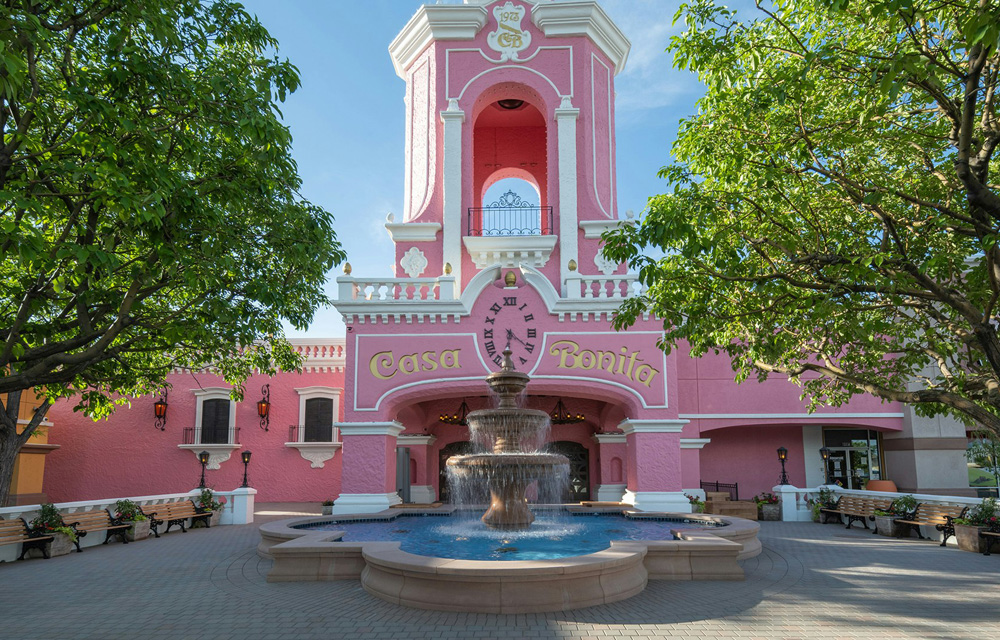One of my first (and few) set visits was to watch Trey Parker and Matt Stone frenetically pace about a soundstage in Santa Monica as they were working on “Team America: World Police.” An interview was planned to be a part beforehand, but there clearly was no time for that when I got there as the two roamed, often separately to divide and conquer, between various set-ups full of Chiodo Brothers’ marionettes, having the energy of kids, but the stress of adults as they raced around. They would confide well after physical production wrapped that they never wanted to have anything to do with puppets again and couldn’t believe they had gotten themselves into such a mess, yet time and again, they have taken on ventures such as “Team America” and “The Book of Mormon” where the test of their will seems to be part of the attraction, and even with their original success “South Park” still running, the two haven’t made it any easier on themselves by putting new jokes into the show right up to its airtime.
The feeling that I had on set that day as well as the nature of Parker and Stone’s enduring collaboration is captured well in “Casa Bonita Mi Amor,” in which they asked their longtime confidant Arthur Bradford (“How’s Your News?”) to film what could easily be their Waterloo, the purchase of Casa Bonita, a legendary Mexican joint in Lakewood, Colorado that Parker had fond memories of from being a kid — not of the food necessarily, but the costumed characters that would walk around the premises, the divers that had a full-sized pool to jump into and the stalagmites and stalactites that you’d pass on the way to your table. The 52,000-square foot restaurant that had once been the biggest attraction in all of the Centennial State was only available because it had fallen into bankruptcy, and many would argue it had been abandoned long before when its original founders sold the place to a British company in 1989 and little by little, the magic had seeped out of the place as duct tape was used to patch up the floors and employees once proud of being listed on the honor roll plaque that adorned the side wall asked to have their name removed.
Although money is seen as somewhat of an issue in “Casa Bonita Mi Amor” as the cost of restoring the place to its former glory balloons from $6.5 million to the neighborhood of $40 million, the more pressing concern for Parker and Stone is a creative challenge no different than what they encounter on any of their previous projects, getting the right tone for a place that can’t be too far removed from people’s cherished memories of it while updating it to their own liking. (Parker’s father says he’s had thoughts about improvements since the third grade during a visit.) The situation itself is revealing of Parker and Stone’s relationship – Stone admits he’s less emotionally invested in Casa Bonita than Parker, but doesn’t show it with either his financial commitment or how he’s a bedrock for his partner’s desire to see through potentially perilous whims, and the minutiae Parker in particular takes so seriously to make sure all the silliness is rooted in something real. (Even when Parker likens the ideal kitschy vibe of Casa Bonita to the Elvis Presley movie “Fun in Acapulco” where “super white dudes are singing Mexican songs,” he instantly accepts an invitation from the restaurant’s head chef Dana Rodriguez to head to Oaxaca for inspiration.)
When Parker describes the experience of renovating Casa Bonita as the worst case episode of “Kitchen Nightmares” you could imagine, the film holds that voyeuristic appeal as construction workers become a strong supporting cast around Parker and Stone and new problems on the property seem to crop up by the day. But when the local news covers the removal of the fountain out front with the ultimate intention of being replaced, with fears sprouting up around town that Casa Bonita just won’t be the same, the film becomes enjoyable on a whole other level when even taking the specifics out of the equation, you get to see how hard it is to thread the needle of creating something for the public on a massive scale that still has personal meaning. For me personally, it was moving to see Parker putting his hand up the sleeve up a puppet once more to play a talking taco after insisting such a thing would never happen again when the spirit moves him, but “Casa Bonita Mi Amor” can be enjoyed for showing what it takes to make anything great and the costs it can have.
“Casa Bonita Mi Amor” will screen again at the Telluride Film Festival on September 1st at 1:45 pm at Backlot and 8:30 pm at Elks Park. It will open theatrically on September 6th in Denver at the Alamo Sloans Lake and expand to more theaters across the country on September 13th, including Los Angeles at the Alamo DTLA, New York at the Alamo Brooklyn and Alamo Lower Manhattan and Nashville at the Belcourt Theater.




